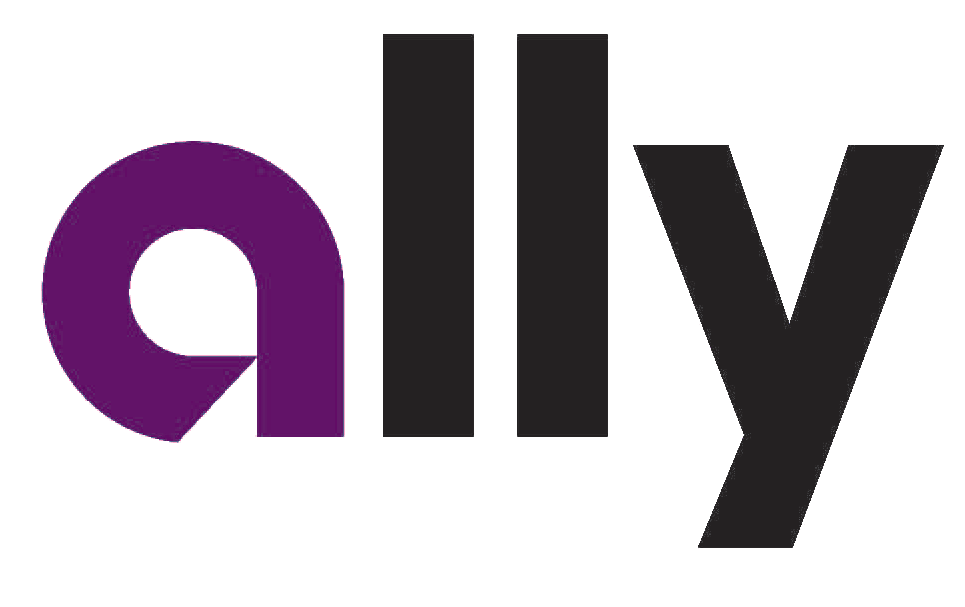According to a recent article written by Alan Mattei of consultancy Novantas LLC, community outreach is fundamental to retail banking. The problem banks face is determining how to best respond to the plethora of social platforms that include blogs, Facebook, Twitter, Pinterest, etc.

As evidence of this transition, Mattei provides examples of two branchless financial services players that have begun to market products and services through social platforms: Ally Bank and American Express.
Ally’s online outreach includes a blog with self-help tips and expert advice; a continuing heavy stream of articles that are broadcast and posted on its Website; posts on Facebook; tweets; and infographics. Such activities have generated millions of Website visits and have become a driver in deposit account origination, according to Forresteor Research.

American Express launched its “Sync, Tweet, Save” program, which entices customers to sync their cards with their Twitter accounts. Under this arrangement, promotions from merchants and American Express are pushed to the customer via Twitter, with discount offers concurrently activated at the merchant point of sale.
Mattei states that today’s innovators in the use of social media are going beyond traditional banking’s defensive measures (e.g., reputation management). Regardless, Mattei makes a point for walking before running by stating that “as a reasonable first step, institutions within the top 100 should establish an individual set of surveillance routines and contingency response plans for social media. This includes participating in conversational threads as appropriate; responding to customer service requests; diffusing negative events; and generally monitoring “the voice of the customer.” Much of this preparation remains to be done, although there are a few standout examples of banks with strong antennas in the virtual space.” Here Mr. Mattei is spot on. Mr. Mattei’s only error is that he has limited his advice to the top 100 when in fact every institution should follow this advice.
Mr. Mattei argues that social media and banking is about proactive involvement. He argues that banks must learn to “proactively participate in the online dialogue, not just react in trying circumstances.” The ultimate goal accord to Mattei is strengthening brand presence and building product awareness through:
- Community Building
- Two-Way Conversations
- Content Threads
Mattei attacks the ROI question head on when he states that “it is a mistake to begin using strict return on investment (ROI) calculations to evaluate social media initiatives right now.” He compares today’s social ROI debate to that of online billpay of yesterday. He points out that what years ago was a horrible ROI example, today has been an incredibly profitable service that creates serious retention.
For a second time in the article Mattei makes reference to the “majors” by stating that “for major banks, real traction with social media will require a dedicated team.” While the advice he gives is sound, it applies to all banks. Regardless, depending on the success and the leverage of social media within an organization, even smaller shops may want to consider community managers to run the day-to-day social operation. Should they be outsiders or bank employees? That is a conversation (debate) for another day.
Mattei goes on to address the use of social media for customer service. He advises to start small and simple and figure out what works and what doesn’t. He suggests using analytics to find the nuggets of gold that may result in an effective social effort.
Ultimately, Mattei states that “to mobilize for this new channel, executives must embrace the notion that building ‘social equity’ has long-term value for the institution. They then need to allocate the required resources, build the right teams, and craft a long-term strategy for transformation.”
I generally agree with Mattei. I wish his focus would not have been so heavily slanted towards larger shops. It is, after all, community banks that are best positioned to take advantage of the social media revolution. Understandably, community banks are not likely going to spend the bucks on social like the top 100. Regardless, it does not help the industry when the smaller players are ignored or left out of the "conversation."
Some useful links: Social Media Risk Assessment Template
Online Money Transfer & online remittance to india as been made simpler because of online banking and new age banking
ReplyDeleteEnormous blog you individuals have made there, I entirely appreciate the work. fast payday loan no fax
ReplyDeleteHi, I just gone through this blog, the information was really very valuable, would love to see more from you. i have also plenty of the same kind of content You can explore my blog by clicking the link below
ReplyDeleteBest digital marketing course in delhi
Advance digital marketing course in delhi
Advance digital marketing Institute in delhi
High Class digital marketing Institute in delhi
High Class digital marketing course in delhi